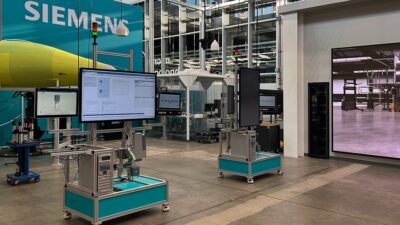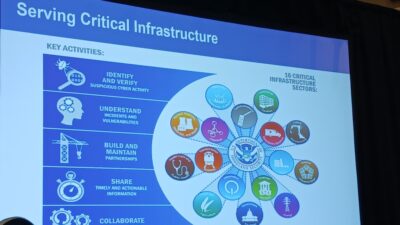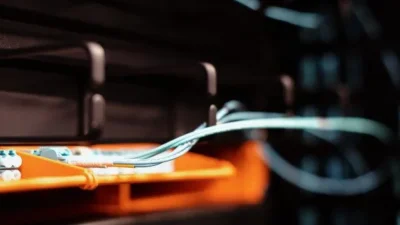The work from home trend is more than just a blip on the radar. What does that mean for industrial manufacturers and cybersecurity

COVID-19 has impacted just about every aspect of how we go about our daily lives in the last year, but it has also introduced some major cybersecurity challenges. The abrupt closure of most office spaces in the early parts of 2020 forced even reluctant companies to embrace work from home.
“In a manufacturing environment, in an industrial environment, you obviously need to have operators on the lines doing the work, but the vast majority of management and admin really don’t need to be in the plant,” said Tyler Whitaker, chief technology officer and chief operating officer for Leading2Lean, a CFE Media content partner. “That was a significant shift for those folks. So this move toward remote work really was a forcing function for digital transformation in the industry.
“We’ve talked about Industry 4.0 for a long time, and digitization. That’s been a macro trend in the industry, but there was never really a big push there. It was an eventual thing, it was something worth moving toward, it was the True North. But with COVID hitting, that forced people to reconcile cybersecurity and remote work and productivity in a way that they had never thought about before.”
Of people who can perform most of their job responsibilities from home, only one in five said they worked from home all or most of the time prior to the pandemic, according to a Pew Research Center survey from December 2020. Now, 71% of those workers are working from home, and more than half would like to keep it that way even after the pandemic is over.
However, unmanaged devices, like personal laptops and printers, as well as unsecured Wi-Fi networks, can become vulnerable in a remote workforce. IT managers have little control over how employees manage updates for their own devices, and making internal systems accessible remotely can increase risk of compromise. Still, this remote work trend appears to be more than just a blip on the radar, so what does that mean for industrial manufacturers and their cybersecurity operations?
“Moving to a more remote-first worker stance from a security perspective, obviously there’s VPN technologies,” Whitaker said. “Endpoint security becomes a much bigger thing to work on and pay attention to moving forward. But I think your centralized infrastructure also needs to be moving to the cloud. … There are some real advantages from aligning your security interests with the rest of the industry. The adoption of better security protocols and standards is a much faster process in the cloud.”
Not everyone, especially in industrial facilities, has the luxury of working from home, but many do. So the question becomes whether this is a transformation worth investing in for manufacturers. Work from home does offer some cost savings, Whitaker said, but it’s more than that. While many employers want to bring their workforce back together to increase camaraderie, and perhaps productivity, employees may not feel the same way.
“I really think that this remote work is going to be a lasting influence in the industry,” Whitaker said. “Clearly, there are some cost benefits there, but there is a work-life balance there that I think users are just not going to give up, employees are just not going to want to give up and compromise there.”
Keep an eye out for Part 2 of our interview with Tyler Whitaker, where he will discuss the impact the new U.S. government administration is having on cybersecurity practice. And check out our YouTube page to view previous installments from our expert interview series.
RELATED ARTICLES
Eight remote work cybersecurity commitments for 2021
https://www.industrialcybersecuritypulse.com/eight-cybersecurity-commitments-for-2021/
Five tips to stay cyber secure when working remotely
https://www.industrialcybersecuritypulse.com/five-tips-to-stay-cyber-secure-when-working-remotely/



